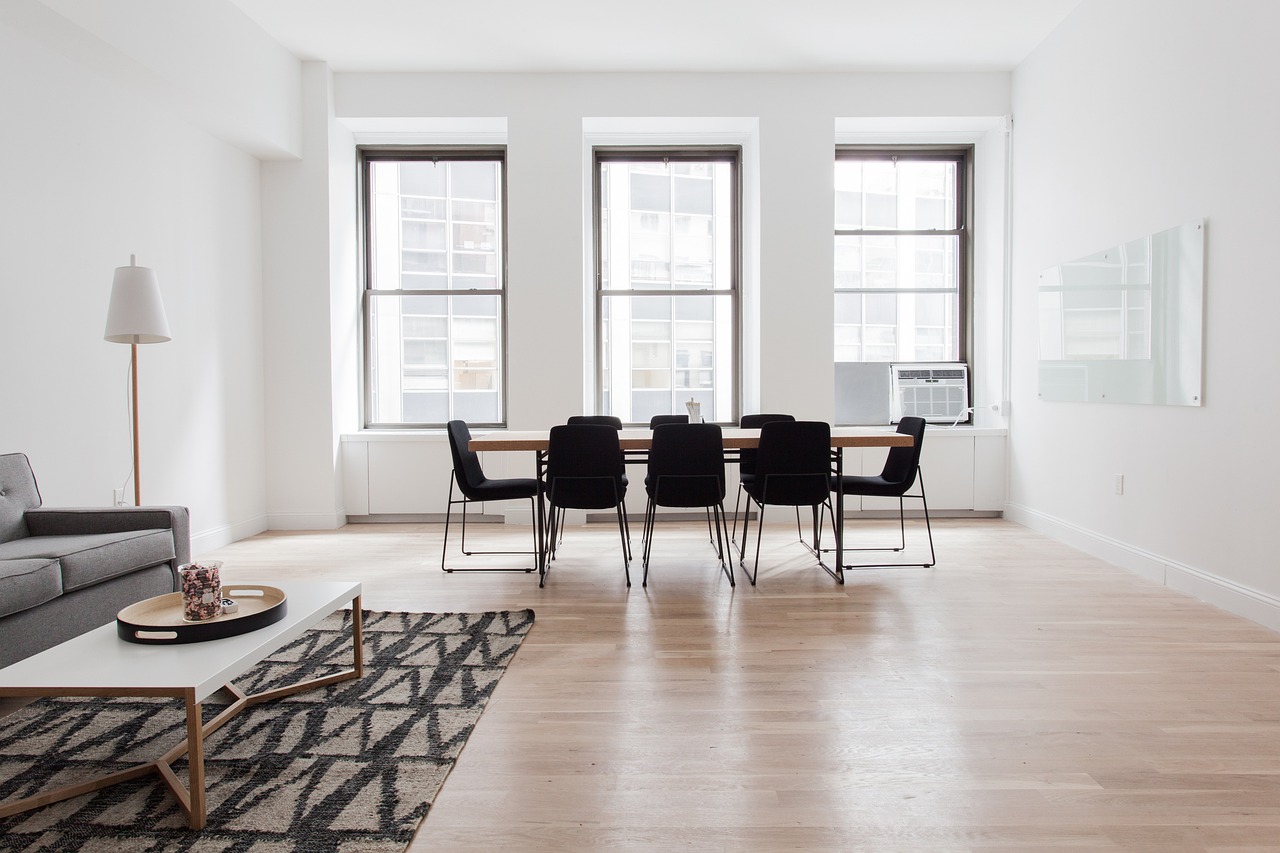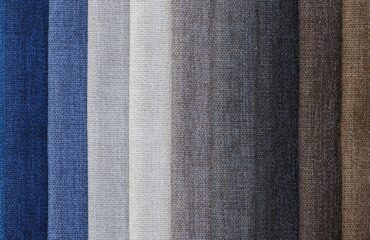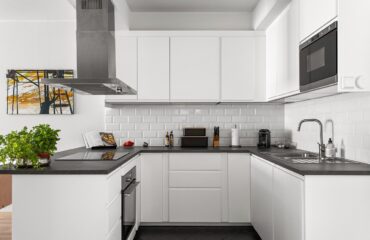Minimalist Home Decor: Less is More
In the hectic dance of modern life, sometimes we sigh for a little space. In our living environments, that space need not be a literal, empty canvas; rather, it’s a call for clarity and simplicity. Enter, Minimalist Home Decor – an approach that values less clutter, more serenity, and a purposeful, stylish environment. But what exactly is minimalist design, and how can you weave it into the fabric of your home? This blog will unveil the very essence of this popular trend and how to transform your living space into an oasis of calm and understated elegance.
The Purity of Minimalism
Definition of Minimalist Design
At its core, minimalist design is an aesthetic movement that arose in the late 1960s and early 1970s. It is based on the principle that less is more, which translates into a design language characterized by spareness, simplicity, and reduction. Minimalist decor focuses on a few key elements, with every detail showcasing a purpose and functional value.
Benefits of Minimalist Home Decor
Choosing a minimalist approach to decor can extend beyond the limits of visual appeal. The subtle, refined spaces of a minimalist home offer a range of psychological and practical benefits:
- Enhanced mental clarity and reduced stress
- Simplified cleaning and maintenance
- Promotion of sustainable consumption and living
- Increased focus on quality, both in terms of items chosen and environmentally responsible materials
In this section, we’ll explore the guiding principles of minimalist design and how each one plays a crucial role in creating a harmonious living space.
The Principles of Less is More
Simplicity
Minimalist decor aims to streamline the visual field, which often means clean lines, uncluttered spaces, and a neutral color palette. Simple, unadorned walls and minimalist furnishings give the impression of an unburdened space.
Functionality
Every item in a minimalist room has a purpose. Furniture, for example, serves not only its primary function but also as a part of the overall room design. When you introduce pieces with dual roles or storage solutions, your space can maintain its clean lines and open feel.
Quality over Quantity
In a minimalist design, each item is typically chosen for its quality. A beautifully crafted piece of furniture, a work of art, or a household appliance becomes a focal point because it’s unique and finely made, not overshadowed by a sea of unnecessary clutter.
Now that we understand the principles behind the style, how do we go about transforming our homes?
Tips for Decluttering and Simplifying
Assess and Prioritize Items
Begin by evaluating each item in your home and determining its importance and usefulness. If it doesn’t serve a function or bring you joy, it might be time to part ways. This can be a challenging process but it’s the first step towards creating a space that brings you peace.
Storage Solutions
Minimalist design doesn’t mean you need to get rid of all your belongings. Efficient storage is key. You’ll want to invest in storage systems that keep items out of sight but still readily accessible when needed, thereby maintaining your space’s clean and open look.
Mindful Consumption Habits
Another fundamental aspect of minimalist design is the idea of being mindful about what you bring into your home. Before making a purchase, consider whether the item is truly needed or if it might just add to your existing clutter.
By integrating these tips, you’ll find that the process of decluttering and simplifying your home can be a cathartic experience, leading to a more organized and tranquil living space.
Achieving a Clean and Modern Look
Neutral Color Palettes
A minimalist home generally favors a color scheme of whites, beiges, and greys with an occasional pop of color used sparingly. This choice of color reflects light, making the space appear larger and more open, and provides an excellent canvas for any personal art or decorative items.
Functional Furniture
The furniture you choose should prioritize function over form, with each piece serving a clear purpose. Multi-functional items such as ottomans with built-in storage or sleek tables that expand for dinner parties are perfect for a minimalist space.
Incorporating Natural Elements
Bringing elements of nature into your home can add warmth and texture to a cool, minimalist space. Think wooden flooring, houseplants, or stone accents to balance out the simplicity of the decor.
By following these guidelines, you can achieve a minimalist home that doesn’t just look modern but also feels like a calm retreat from the busy world outside.
In an era of excess, the minimalists among us understand the value of restraint. Minimalist home decor is not just another passing trend; it’s a lifestyle choice that encourages a deeper level of consciousness and contentment in our living spaces. By making a few deliberate changes in our homes, we can create an environment that speaks volumes in its silence, a space that truly becomes a sanctuary of our mind and soul. Remember, when it comes to creating a peaceful retreat within your four walls, less is more.
If you’re ready to transform your home into a haven of minimalist design, keep in mind the principles of simplicity, functionality, and quality. With patience, persistence, and a discerning eye, you can craft a space that suits not just your aesthetic sensibilities but also your well-being.





